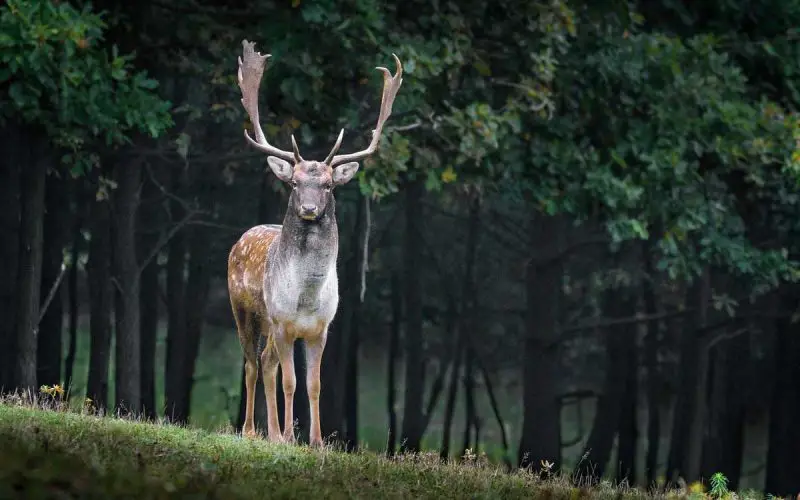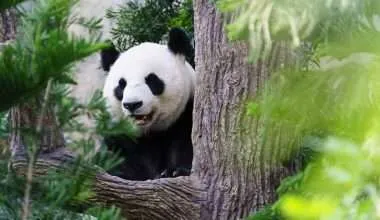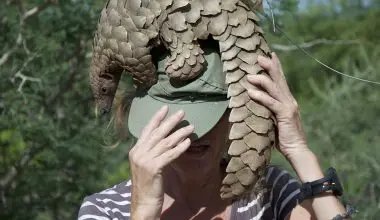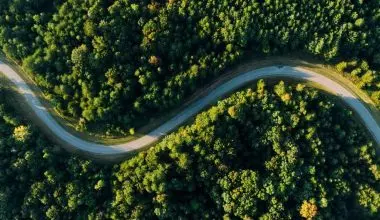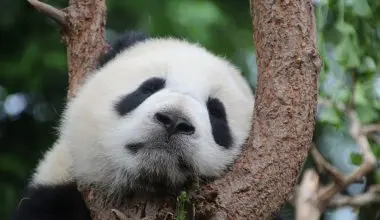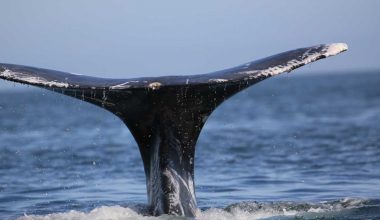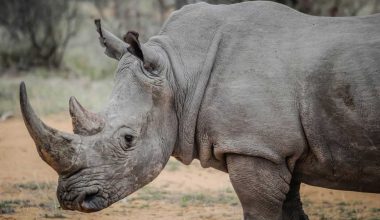Table of Contents Show
What is Biodiversity?
Biodiversity or Biological diversity is a term that refers to the diversity of living beings on our planet. In a nutshell, it is defined as a degree of varying life. Biological diversity includes microorganisms, flora and fauna, wildlife, and ecosystems, like coral reefs, forests, deserts etc.
Biodiversity furthermore includes the number or prevalence of diverse species existing within a specific region. It denotes the fortune of biological resources offered to us.
It’s all about preserving the natural world comprising of a variety of plants, wildlife, and other living creatures – as big as a Banyan tree or as small as microscopic bacteria in algae – that are being diminished at a steady speed as we organize human activities that cause habitat annihilation.
Biodiversity is erratically dispersed across the globe. It differs worldwide and within regions. The many aspects that influence biodiversity include – altitude, temperature, soils, precipitation and their bond with other species.
Natural resource management (NRM) aims to protect the world’s natural capital, Biodiversity.
For example, ocean biodiversity is 25 times lesser than on-ground, land diversity. Biodiversity further intensifies as it moves from the poles towards the tropics. Amazon rainforest is one of the most biodiverse habitats in the world, with species numbers close to 3 million.
Biodiversity is the product of 3.5 billion years of evolution. It has been through eras of extinction, with the most recent and most vicious stage of extinction is Holocene extinction, which has transpired due to excessive control of humans on the environment.
The United Nations selected 2011–2020 as the United Nations Decade on Biodiversity. In biodiversity, every species, regardless of how big or small, has a vital part to play in the ecosystem functioning.
Numerous plant and animal species rely on each other for what each offer, and these varied species safeguard natural sustainable development of all life forms.
P.S: A region on our planet with high levels of biodiversity (a good variety of plant and animal species) being threatened due to humans starting to live there is termed as a biodiversity hotspot.
Types of Biodiversity
Biodiversity has three essential elements:
- Genetic diversity,
- Ecosystem diversity and
- Species diversity
Of late, a new element has been added- ‘molecular diversity’.
Let’s take a closer look at these.
Genetic diversity
It refers to the distinctions between the genetic resources of organisms. Each individual of a certain species contrasts from each other in their genetic structure. That is why every person/organism looks slightly different from the other.
Likewise, there are diverse assortments in the same sorts of wheat, rice, barley, maize, etc.
Such genetic variation is a key indicator of healthy ecosystem.
Ecological diversity
An ecosystem is a group of living and non-living organisms and their interaction with each other. Ecological biodiversity discusses the distinctions in the plant and animal species existing together and linked by food chains and food networks.
It is the range studied among the diverse ecosystems in a region; an assortment of varying ecosystems like rainforests, mangroves, deserts etc.
Species diversity
Species diversity refers to the variation of diverse kinds of species in a specific area. It is the biodiversity at the most rudimentary level. It consists of all living species, extending from plants to dissimilar microorganisms.
No two entities of the same species are unerringly alike, just as humans display a lot of diversity among them.
Why is Biodiversity Important?
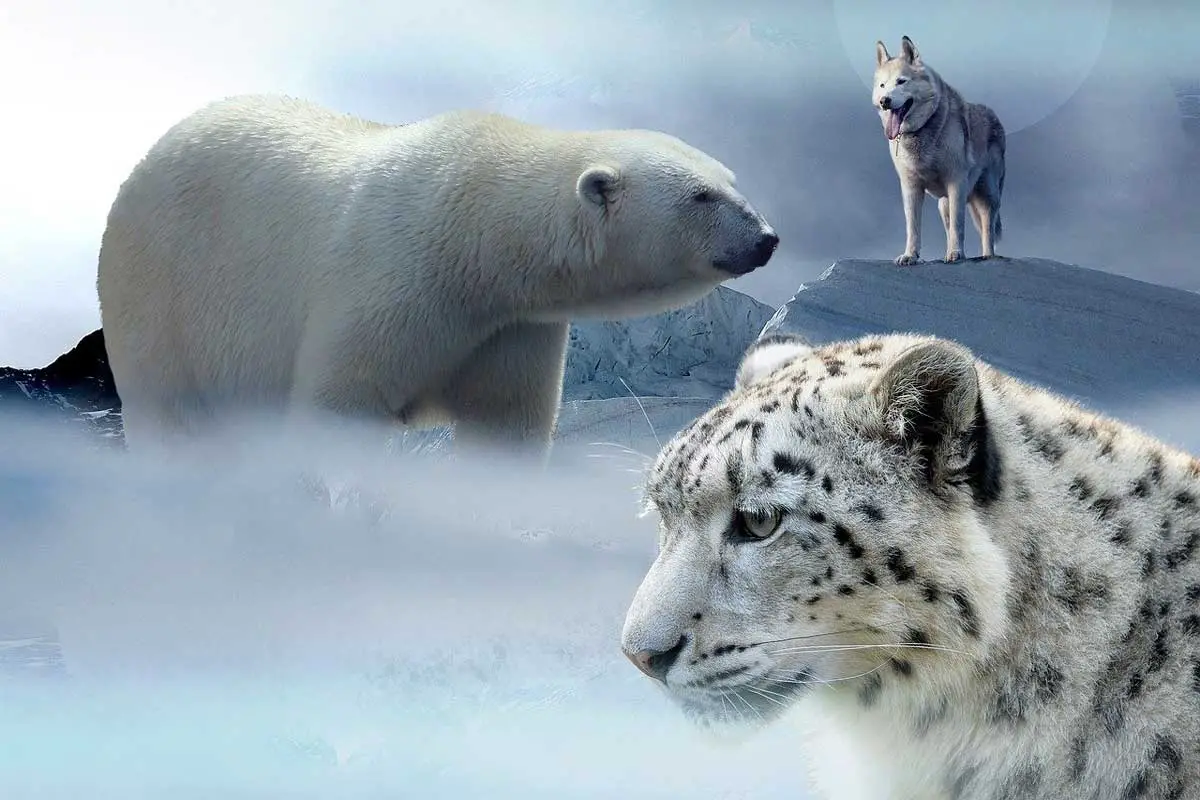
1. Biodiversity Offers Numerous Natural Services
We humans rely on a broad range of natural services presented by ecosystems to live a healthy life on the Earth.
They are as follows.
Sustaining the Equilibrium of the Ecosystem
Recycling and packing of nutrients, fighting pollution by disintegrating and breaking it down, stabilizing the environment, forming and protecting fertile soil, protecting water resources, reclamation from volatile events and upholding total eco-balance.
Thus, biodiversity is integral for healthy ecosystem function.
Providing Biological Resources
Provision of pharmaceutical drugs and medications, sustenance for the human race and animals, decorative plants, breeding stock, wood products, prospective resources and a multiplicity of genes, ecosystems, and species.
Social and cultural services:
Leisure and travel, cultural value and knowledge, exploration and observing.
2. Biodiversity and Food

Biodiversity offer a range of foods for the earth. As for the disposal of different species, humans are able to get a variety of materials and foods to upkeep their health and wellbeing.
The different foods such as, vegetables, meat, fish, fruits, and cereals are all obtainable because of the earth’s biodiversity.
80% of the human food source comes from only 20 types of plants!
P.S: Humans use 40,000 species for clothing, housing, and nutrition.
I’ve also added a much detailed piece on biodiversity and food security ahead, do read it!
3. Importance of Biodiversity to Human Health
Biodiversity also plays an important part in drug discovery and medical resources. Through biological diversity, experts have made substantial developments in medical findings and have found treatments for numerous illnesses.
All this has been conceivable because of investigations into various animal and plant genetics and biology. 80% of vaccines and medications used in prevention and treatment respectively are from the world’s biodiversity.
Medications from nature account for usage by 80% of the world’s population!
4. Keeping Bio-Diverse Ecosystems Undamaged Helps Humans Stay Healthy
Research shows that there is a close relation between virus outbreaks and the degradation of nature. (Sound familiar?)
As the worldwide wildlife trade carries on and infrastructural developments extend deeper into tropical forests, humans are increasing their contact to wild animals and the viruses they may carry.
70% of evolving viral sicknesses has spread from animals to humans.
A very recent example, the COVID-19 pandemic can probably be traced back to a wild animal and fish market in Wuhan, China. With COVID-19, we’ve observed the unfortunate impact that viruses can have not only on human life but also on the international economy.
Climate change is also proliferating because of deforestation, which in turn may trigger the spread of disease by allowing disease carriers such as mosquitoes to spread their geographic reach and infect more populations of humans.
This indicates that we need to preserve nature for our own self-preservation. By caring for the biodiversity in Earth’s ecologies, nations across the globe could save lives and money, while helping to stop future plagues.
5. Stability of the Planet and Balance of the Ecosystem
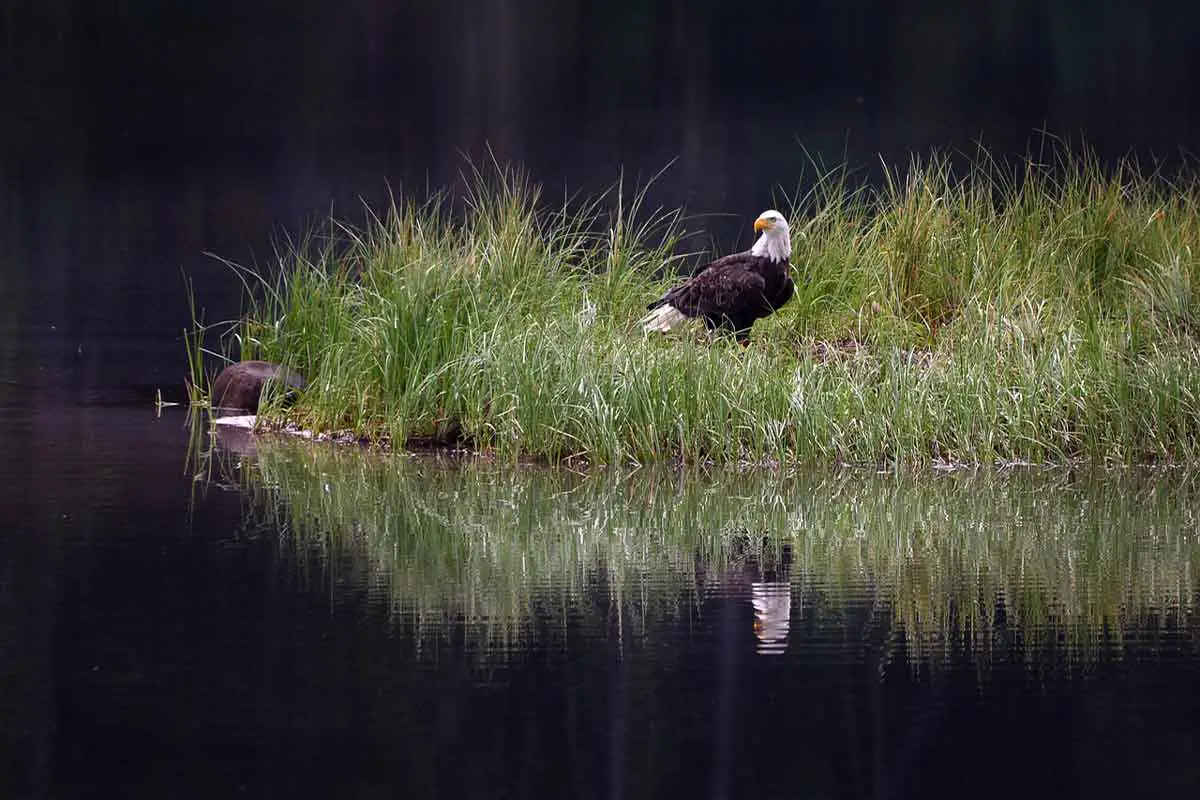
Biodiversity plays a central role in contributing ecological services that make life habitable on our planet Earth. Ecological stability and biodiversity are fundamental for the entire earth, not just mankind.
The ecological services comprise of air purifying, refilling and cleaning water systems, absorbing toxins and breaking down chemicals, stabilizing the environment, recycling and storing nutrients, making and nourishing the soil and swift restoration from natural disasters.
Fundamental life cycles like the water cycle and the nitrogen cycle are all intact only due to biodiversity.
6. Biodiversity – A Solution to Climate Change
Guarding biodiversity has a vital role in attaining emission cutbacks which can mitigate climate change.
Nature can deliver at least 30% of the emissions cutbacks desired by 2030 to avert climate ruin, according to a ground-breaking report issued in 2017 by a group of scholars led by Bronson Griscom, who examines natural climate resolutions at Conservation International.
The demolition of forest bionetworks is accountable for 11% of all worldwide greenhouse gas emissions instigated by humans. Hence, protecting forests would halt the release of these emissions into the atmosphere.
Moreover, trees and plants store carbon in their tissue, making it even further obligatory to look after them.
Some ecosystems, for example mangroves, are quite good at storing carbon and keeping it out of the atmosphere. Forests and wetland ecosystems afford critical defenses to dangerous storms and flooding connected to climate change.
These ecosystems are multifaceted, which means they work finest, and are more resistant to the results of climate change, when all the elements of the ecosystem are intact (biodiversity is whole and unharmed).
This is why biodiversity conservation has gained popularity among conservationist organizations.
7. Biodiversity and Industry
Biological sources make available several industrial materials. The many industrial raw materials, such as leather, cotton, rubber, food, paper, fiber, water, wood, colorants, and oil, are provided by the biological resources.
These resources are then used by the manufacturers to process and produce different goods and commodities for humans and other uses.
8. Biodiversity and Economy
Biodiversity is precious. Still, there have been efforts to put an economic price on biodiversity for the public to recognize the scale of the matter of how essential the environment is to civilization and what pros and cons there can be in doing something (or lack thereof).
About 40% of the world’s economy and 80% of the necessities of the underprivileged result from biological resources.
The Economics of Ecosystems and Biodiversity (TEEB) initiative analyzed that world-over sustainable business prospects from capitalizing in natural resources may possibly be worth US$ 2 to 6 trillion by the year 2050.
All in all, industries such as, biotechnology, pharmaceutical, agriculture, food & beverage, botany, personal hygiene, commercial forestry, and ecotourism could face US$ 338 billion in losses every year if the damage to biodiversity endures at its existing speed.
About 75% of global food crops are dependent on wildlife and bugs like bees to pollinate them. Yet, a lot of these pollinator populations are waning, which puts more than US$ 235 billion of farming harvests under mighty threat.
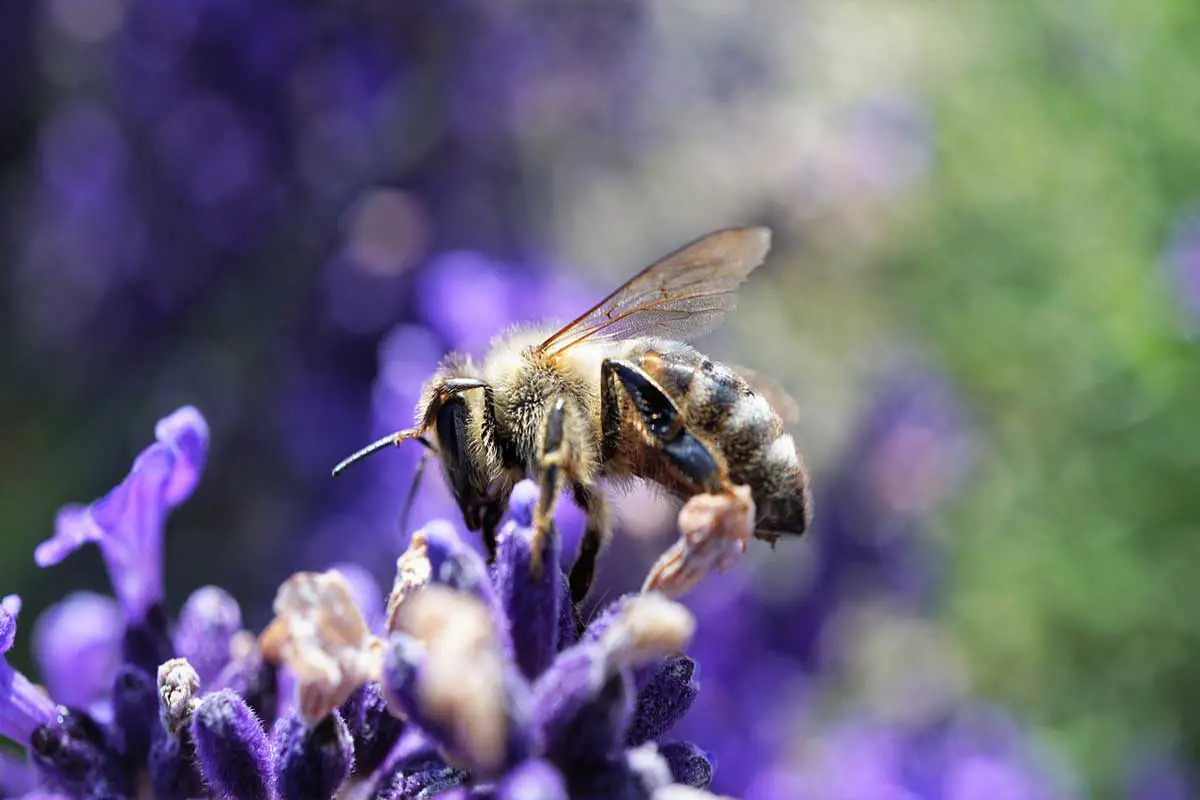
Millions of people similarly rely on nature and species for their everyday livelihoods.
This is predominantly true for stressed communities in developing countries, who habitually turn to high-biodiversity ecosystems as their source of diet, fuel, medicinal remedies and other products made from natural materials for their personal use and as sources of revenue.
Nature-related tourism is definitely a substantial source of salary for countless people as well.
9. Biodiversity and Culture
Biodiversity provides an intrigue of how things are remarkably exciting, stunning, and diverse in nature. Solely because of this, biodiversity encourages entertaining activities like fishing, bird watching, hiking, etc.
Biodiversity influences cultural values as it does with people in different ways. Ecosystems, for example, parks and other enclosed spaces arrange for fun and amusement, and a knowledge resource for people.
Biodiversity is also common muse for musicians, designers and artists, as well as governs some lifestyles. Biological learning and study are only as a result of the prevailing biodiversity.
Species are often central to spiritual, traditional and national identities. All main faiths contain aspects of nature, and 231 species are officially used as national symbols in 142 nations.
Sadly, more than one-third of those species are endangered; however the American bison and bald eagle are cases of conservation triumphs because of their role as national symbols.
10. Adjustment and Adaptation
The biodiversity in genetic structure supports plants and animals to acclimate and regulate themselves to particular environmental modifications.
Genetic diversity, for example, assists species to combat diseases.
11. Biodiversity and Food Security [Detailed]

Hey, I’ve was exceptionally interested in how biodiversity relates to food security. This pushed me write a good bit on it. You can skip onto reasons for biodiversity loss ahead.
Biodiversity is vital to agriculture and for continued production of food. People heavily rely on a variety of food, shelter, and goods for their livelihood.
However, humans are still constantly increasing pressure on species and the environment to squeeze out the maximum amount of resources. Due to this, most of the plants and animals are at a high risk of becoming threatened, endangered, and eventually extinct.
Additionally, these risks are also negatively affecting other natural processes like pollination by insects and regeneration of soils by various microorganisms. These help to maintain the fertility and nutritional value of the soil and overall wellbeing of the natural area.
Infertile soil is as good as cement when it comes to produce food for population! [Sarcasm]
To feed today’s increasing population; agriculture needs to provide a consistent supply of food. That supply will be essential to increase Earth’s resilience by protecting a wide array of life forms with unique traits. Such traits will help these plants survive droughts or allow livestock to reproduce in harsh conditions.
Sustainable agricultural practices can help us achieve 2 things. It can allow for feeding people and also protect our natural environments such as oceans, forests, prairies. It can also help other ecosystems that are hubs for biological diversity.
A vast variety of domesticated animals and cultivated plants form the foundations for agricultural biodiversity.
Yet, we depend on 14 mammals and bird species for 90% of our food supply from animals. Additionally, we depend on 4 plant species which are wheat, rice, potato, and maize that provide half of the energy output from plants.
Aside from the absolute number of species, we must conserve and maintain the genetic diversity within each species (species richness). Modern agriculture has gone onto encourage many farmers, including smaller ones, to adopt high-yielding intensive farming of plants and animals.
This can seem to be economically beneficial for these farmers, but not for long. They also need to maintain their livelihood, abandoning of diversity by these food producers can lead to breeds and varieties from dying out along with specialized traits. Ultimately, the farm loses its resilience to pests and diseases.
This degrading gene pool has raised eyebrows of various experts on this matter. Having a broad gene pool (good genetic diversity and species richness) allows animals and plants to be bred so they can survive in different weather conditions. With climate change creeping over us, it’s only important that our crops and livestock can survive weathers as they increasingly become even harsher.
A broader gene pool is also providing scientists with raw materials that are needed to develop more productive and resilient crop varieties and breeds. This is much better than researching on a single crop variety, that albeit provides high yield to farmers especially in the developing nations.
Such farmers may not know it, but they require an assortment of crops that can be grown in rigorous climates or animals with good resilience against pests and diseases. For farmers that are indeed the poorest, biodiversity may be the only barrier against starvation.
Consumers also stand to benefit in terms of food when there is a good variety to eat. This helps to provide a nutritious diet, particularly important for rural communities with limited access to markets.
More than 40% of the planet’s surface is used for performing agriculture, placing a large responsibility on farmers to protect this biodiversity. It may not be easy for them to do this, as they would prefer to make a profit to provide a sustained income for their families. The lack of knowledge about biodiversity among farmers also affects their ability to understand the importance of biodiversity.
By adopting appropriate techniques like no-tillage agriculture, reduced use of pesticides, organic agriculture, and crop rotation, farmers will be able to maintain a balance with the surrounding ecosystems.
With plants, animals, and their environment stable and intact, a wide range of natural processes will remain preserved. Livestock insects, fungi, and micro-organisms decompose organic matter, transferring nutrients to the soil. Bees, butterflies, birds, and bats pollinate fruit trees. Swamps and marshes filter out harmful pollutants.
Forests prevent flooding and soil erosion. And natural predators help to keep the growth of one particular species in check. These roles will stay intact. Absence of any of these keystone species could certainly trigger a trophic cascade.
The Food and Agricultural Organization (FAO) states that about 3 quarters of the genetic diversity has already been lost over the last century. Out of 6300 animal breeds, 1350 of them are highly endangered or already extinct.
Global efforts are ongoing to conserve plants, animals, with their gene banks, botanical gardens and zoos being the most vital. However, an equally important task is to maintain the biodiversity on farms and in nature, so that it may evolve and adapt to changing conditions or competition with other species.
As custodians of the world’s biodiversity, farmers can develop and maintain local plants and trees as well as reproduce indigenous animals, ensuring their survival.
Even if it’s not economically viable for farmers, a small incentive could make thousands of farmers to start caring about the region’s biodiversity. This is because native species don’t require much to survive in that region, they’re native to it! They’re species has been in that habitat for a long time and evolution has made them much more suited to it.
Since the founding of agriculture over 10,000 years ago; farmers, fishermen, forest dwellers, and pastoralists have managed genetic diversity by selecting plants and animals that fit environmental conditions and are able to fulfill food demand.
Farmers around the world process priceless knowledge, including a highly-tuned sense of how to match the right variety of breeds with a particular agroecosystem.
Conserving biodiversity for agriculture will require efforts on many fronts, including measures to preserve the environment, raising awareness, education, continued research, and help from the government.
More than 840 million people across the planet remain hungry and impoverished; as a result, they suffer from micronutrient deficiency. Global efforts are yet to reach the World Food Summits Millennium Development Goals of reducing the number of hungry people by half in 2015.
Biodiversity is a key ally in fighting malnutrition; its protection is something that we cannot afford to forget. Our lives simply depend on it!
Reasons for Loss of Biodiversity – “The Evil Quartet”
The earth’s biodiversity is at serious risk. In the current age, humans are the most dangerous reason for the ruin of the earth’s biodiversity.
In 2006, the words vulnerable, threatened, or rare were used to label the standing of several species.
The “evil quartet” branded by Jared Diamond is overkill, habitat destruction, secondary extinctions, and newly-introduced alien species.
Causes recognized by Edward Wilson are defined by the acronym- HIPPO standing for Habitat destruction, Climate change, Invasive species, Pollution, human overpopulation, and Over-harvesting.
Biodiversity indicators are responsible for telling us if biodiversity is under threat in a particular ecosystem. Consequently, they will also notify us if our conservation efforts are actually making a change.
1. Habitat Destruction
Habitat destruction is a key source of global biodiversity damage. Habitat loss is instigated by deforestation, overpopulation, pollution, and global warming. Species that are substantially large and those existing in forests or oceans are impacted more by habitat decline.
Some authorities have evaluated that about 30% of all species on our planet will be nonexistent by 2050.
According to the International Union for Conservation of Nature (IUCN), worldwide, about one-third of all identified species are susceptible to extinction. It is also estimated that 25% of all mammals will die out within 20 years.
Most endangered species have habitat loss and destruction as their top-most threat.
2. Invasive Species
Even if a minor component of an ecosystem is disturbed, the entire system’s stability is endangered. Freshwater ecosystems are today the most vulnerable ecosystems.
Invasive species denote those that would usually stay guarded from an ecosystem because of the existence of natural barriers.
Since these barriers are no longer standing, invasive species occupy the ecosystem, attacking native species. Human actions have been the main reason of encouraging invasive species.
Even introduction of species to another state has its implications on ecosystems and their endemic species.
3. Over-Exploitation of Species
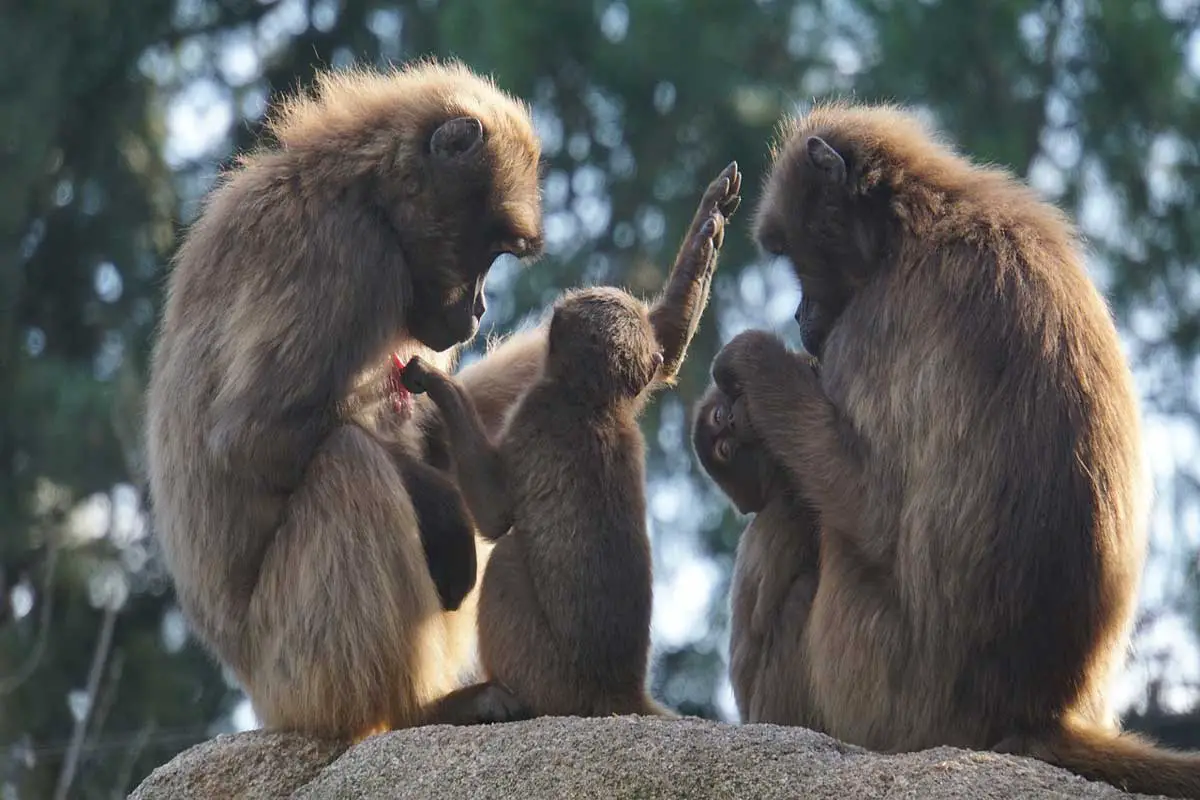
Species can also be defenseless by genetic pollution: unrestrained hybridization and gene swamping. For example, ample species can interbreed with rare species, therefore initiating swamping of the gene pool.
Overexploitation is started by activities such as overhunting, overfishing, too much logging and unlawful trade of wildlife. More than 25% of global fisheries are overfished at untenable levels.
4. Global Warming and Climate Change
Global warming and climate change are also becoming a front-running source of biodiversity loss. Fluctuations in climates and global temperatures directly influence physical environmental dynamics important for viable habitat.
For instance, if the current rate of global warming lingers; coral reefs, which are biodiversity hubs, will vanish in 20-40 years.
The animals in the mountain areas need cool temperatures of high altitudes to survive. Animals like the ‘rock rabbit’ and ‘mountain gorillas’ might soon be void of their habitat (basically homeless) because of global warming.
If global warming and climate change persists, 10% of the whole world species may go extinct by 2050.
Even protected areas for biodiversity conservation can’t do much when it comes to saving an organism from climate change effects.
Greenhouse gases are one of the major culprits in propagating global warming, most notably, Carbon Dioxide. Higher biodiversity among plants allows for higher carbon sequestration (from atmospheric carbon into organic biomass).
5. Pollution
The different types of pollution, comprising water pollution, soil pollution, air pollution, land pollution and agricultural pollution, place grave danger on the biological structures. They are degrading and terminating animal and plant habitats with secretions of contaminated elements and chemicals.
A few extremely contaminated regions have become dead zones as the circumstances cannot house any life form.
Besides habitat damage, pollution poses lasting increasing effects on the species’ health, becoming a major cause of their demise. For example, For example, life in freshwater and the marine ecosystem are most affected by pollution.
6. Human Overpopulation
Overpopulation has caused constant violation into frontier forests, intensified pollution, and devastation of natural ecosystems that have substantially contributed to the mass extinction of species.
The number of threatened species persists at growing rates globally, where some have entirely vanished.
Human activities like acidifying water systems, mistreatment of natural resources, pollution, over-fishing, poaching, and the deliberate and incidental damage of natural systems have been the reason of the loss of biodiversity.
7. Natural Disasters

Natural calamities, like earthquakes, floods, forest fires, epidemics, volcanic eruptions, drought etc. occasionally have intense consequences on plant and animal life.
Epidemics, at times, terminate huge amounts of a natural population. In nature, such events are typically limited to particular plant or animal populaces as the pathogen is usually specific to certain species or set of species.
Floods are normal in humid tropical regions, which are likely to flood much of the surface vegetation, trap a great number of animals, AND take away soil nutrients with it.
In heavily wooded regions, forest fires frequently diminish a large number of plant and animal species to cinders, and so do earthquakes.
Volcanic eruptions can, at times, totally abolish plant and animal life in surrounding areas.
Therefore, we can see that biodiversity, which is critical for the security of life on earth, is under threat because of several reasons mostly connected to human activities.
There is a pressing requirement to take action to defend the glorious biodiversity of our world. We need to establish economic guidelines to preserve the Earth’s biodiversity and take proper actions to care for habitats and their native species.
